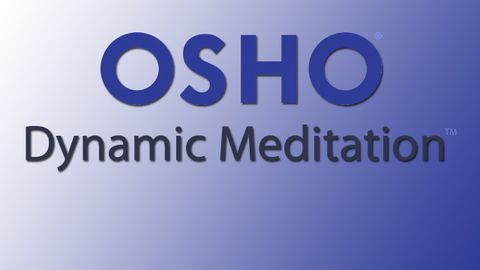
Subtitles & vocabulary
OSHO Dynamic Meditation – a revolution in consciousness
00
trailylee posted on 2015/09/29Save
Video vocabulary
body
US /ˈbɑdi/
・
UK /ˈbɒd.i/
- Noun (Countable/Uncountable)
- An object distinct from other objects
- A group of people involved in an activity together
A1
More nose
US /noʊz/
・
UK /nəʊz/
- Noun (Countable/Uncountable)
- Part of the face used for breathing and smelling
- Front, pointed end of e.g. airplane or rocket
- Intransitive Verb
- To push with your face so you can smell something
A1
More dance
US /dæns/
・
UK /dɑ:ns/
- Intransitive Verb
- To move your body rhythmically to music
- Noun (Countable/Uncountable)
- A series of steps and movements in time to music
- A social event with dancing while music is playing
A1
More stage
US /stedʒ/
・
UK /steɪdʒ/
- Transitive Verb
- To organize an event to gain public interest
- To produce and perform a play or concert
- Intransitive Verb
- To be fake or not real
A1TOEIC
More Use Energy
Unlock All Vocabulary
Unlock pronunciation, explanations, and filters
